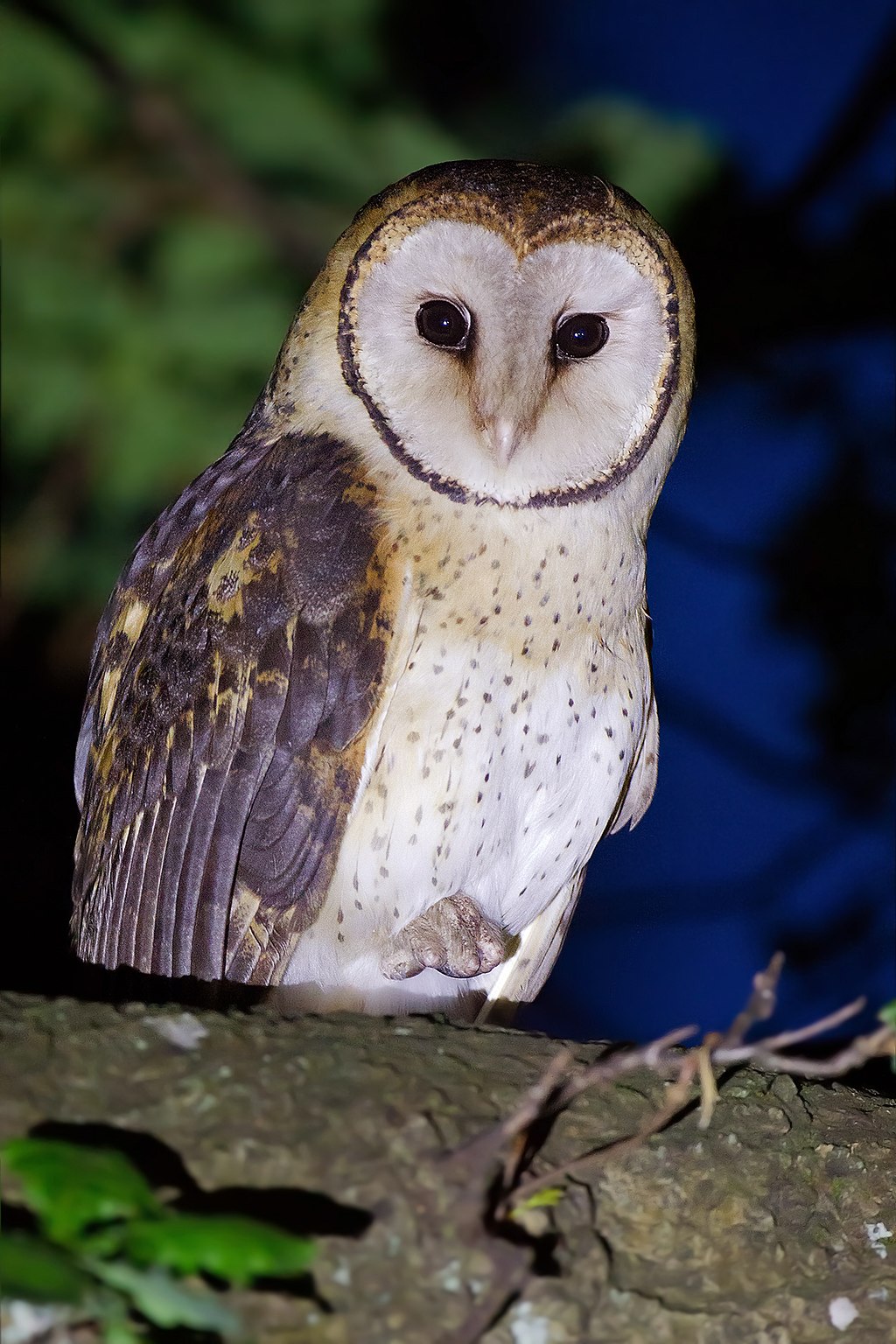 |
Vulnerable - Tasmania's Masked Owl
|
Image - JJ Harrison (https://www.jjharrison.com.au/) per wiki under CC3
Since writing about raptors a couple of weeks ago, I have
talked to wildlife expert and consultant Nick Mooney, who has had fifty years
of experience with Tasmania’s native species focusing on birds of prey or
raptors. The good news he said, was that the large raptors such as the Wedge – tailed
Eagle and the White-bellied Sea-eagle do seem to be holding their own, possibly
even increasing in areas where devils have drastically declined, thus freeing
up much carrion. Changes in attitude and laws leading to decreased persecution
have also helped. Sea-eagles may have also benefited from the many new artificial
lakes and ponds.
However, he warns, this could change rapidly if the thirteen
wind farms proposed for Tasmania go ahead, together with all the supporting
power lines and infrastructure. As the Spanish example with regard to Bonelli’s Eagle has shown, detailed surveys, tracking routes and hunting ranges and
subsequently siting and designing for least impact, will be of utmost
importance, but such strategic surveying and planning simply does not occur in Tasmania.
The most that happens is that turbines are located 1 km from eagle nests but
this 1 km is a distance borrowed from forestry advice on reducing disturbance
and has no rational founding whatsoever in minimising physical risk from
turbine blades.
Windfarm advocates routinely dismiss the birds killed at
windfarms as insignificant compared to what cats kill but this pitch is mischievous
he says, because the reality is chalk and cheese. Sure, cats kill more birds
than windfarms do, but those numbers are highly misleading since cats usually
kill many small birds, birds which can usually breed their way out of problems
from increased mortality. But large raptors (which are amongst the rarest of
birds) are wildly over - represented in the windfarm kill statistics and these
birds are not able to breed their way out of problems from increased mortality.
Windfarms are, worldwide, an increasing problem for large raptors, says Nick.
Because the windfarm issue is well known and gets considerable
publicity, Nick is far more concerned about our smaller raptors that get
overlooked because they are relatively common – the Tasmanian Mopoke (aka
Southern Boobook) and particularly, the Brown Falcon. Judging by the numbers of the latter brought injured
into refuges or found dead on his extensive road counts over decades, he estimates that they are down to 20% of their former strength.
This may be from decreased breeding and/or increased
mortality. It seems that the days of seeing scores of juveniles
feeding on crickets and grasshoppers in single stubble fields in late summer
are long gone. The main cause of injury of those found on roadsides seems to be
collisions with vehicles but an old problem seems to be more apparent now; secondary
poisoning, usually as a result of eating poisoned rats and mice.
The main reason for this appears to be intensifying
agriculture and the use of anti-coagulant rodenticides, the newer (‘second
generation’) ones which kill in ONE application, rather the older type (‘first generation’)
of anti- coagulants which took multiple doses.The weaker older poisons, allowed more birds to recover
after ingesting poisoned prey.. This issue has long been known but got much
press a few years ago when Parks and Wildlife officers on Macquarie Island
sought to remove introduced rats and mice to enable native species to recover.
Previous eradication efforts had not much affected native bird populations, but
the new products certainly did and populations took some years to recover from
the successful eradication of rats, mice and rabbits (a remarkable achievement
in itself).
As in many a Third World country, few comprehensive surveys are
done in Tasmania and sophisticated conservation has increasingly taken a
backseat to economic development, seemingly at any cost. While I am all in
favour of renewable energy, at this stage, it doesn’t appear that Tasmanians
will benefit much from the proposed developments which may in fact compete with
our sales of hydro -electricity, while tourism, including wildlife tourism and
our fine food and wine industry which trade on our “pristine” environment and
already bring in far more, may well suffer.
What about jobs? With the first large windfarm
in the Central Highlands almost at the commission stage, it would
appear that the project will only employ
about TWO Tasmanians to dig a couple of holes and pour a bit of concrete.
Just because the proposed developments are out of sight of a
clamouring populace, doesn’t mean we should let them pass without rigorous
assessment.
Comments